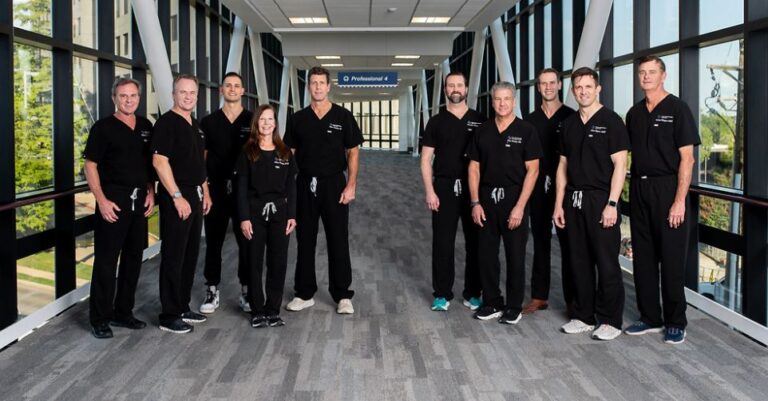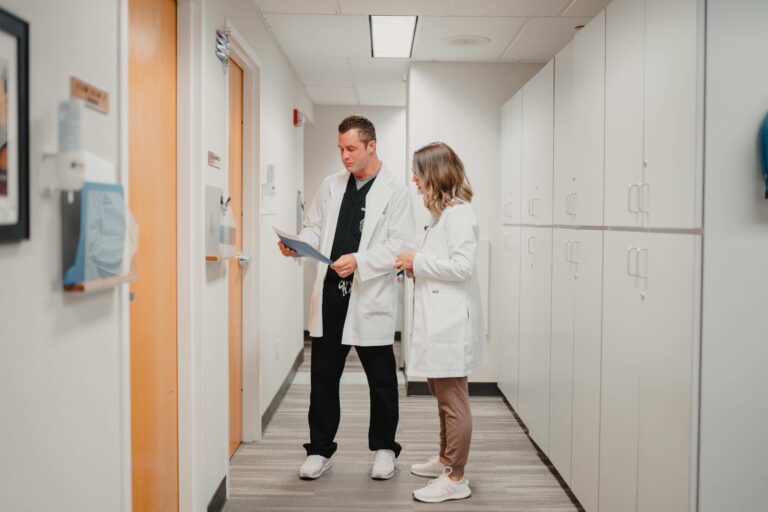Hip pain is a chronic and often debilitating problem that can have drastic effects on your comfort and quality of life. In fact, every year, more than 400,000 Americans turn to total hip replacement surgery to restore their damaged joints and get back to their normal lifestyles.
Most people think of hip replacement surgery as a procedure that’s only for older people — specifically, those in their 60s and up. But thanks to advances in surgical techniques and implant technology, hip replacement is changing the lives of young people, too, including people as young as their 20s and 30s.
At Texas Orthopaedic Associates, our team of joint replacement specialists has extensive experience in identifying optimal candidates for hip replacement surgery, including younger patients for whom nonsurgical therapies aren’t proving effective. Here’s how hip replacement surgery works and why patient age isn’t as big a factor as it used to be.
Hip replacement surgery 101
Your hip joint is a large ball-and-socket joint, forming where the top of the thigh bone (the “ball” part) meets a socket-shaped part of the pelvis called the acetabulum. The surfaces of both parts are covered with a thick layer of slick cartilage, and the joint components are surrounded by muscles and ligaments that help the joint move.
In hip replacement surgery, your surgeon may decide to replace both parts of the joint (total hip replacement) or just the ball portion (partial hip replacement). The surgery is performed under general anesthesia using a variety of approaches, depending on your anatomy and other factors.
During the procedure, the surgeon removes the top of the thigh bone and replaces it with an artificial part. The ball component includes a stem that’s inserted into the thigh bone. For a total hip replacement, your surgeon also removes damaged cartilage from the socket portion of the joint, then “relines” it with an artificial component that helps the joint glide smoothly.
Why age used to matter
The main reason why hip replacement surgery was typically reserved for older patients was because the implants used a decade or more were designed for less active, older populations. Those artificial joints didn’t have the benefit of today’s materials and designs, which meant they were more likely to fail when subjected to decades of use.
That was in the early days of hip replacement surgery. Today, that’s all changed, and new materials combined with innovative design and improved surgical technology make hip replacement surgery a viable and recommended alternative to many younger patients with chronic hip pain and dysfunction.
In fact, the most recent data from the National Center for Health Statistics shows that hip replacement surgery is on the rise among younger patients aged 45-54, possibly in part due to those advances in implant design, coupled with younger patients’ desire to maintain their active lifestyles as they get older.
Perhaps the primary difference between older patients and younger patients is why they have the surgery. While older patients typically have hip replacement due to osteoarthritis in the joint, younger patients may seek out the surgery because of genetic or hereditary conditions, severe fractures, or chronic diseases like juvenile arthritis.
Find relief for your chronic hip pain
It’s easy to take your hips for granted — until they start to hurt. At Texas Orthopaedic Associates, our team can help you find a solution to your hip pain with nonsurgical and surgical approaches tailored to your needs. To learn more, book an appointment online or call one of our offices in Dallas, Plano, Keller, Weatherford, or Fort Worth, Texas.













